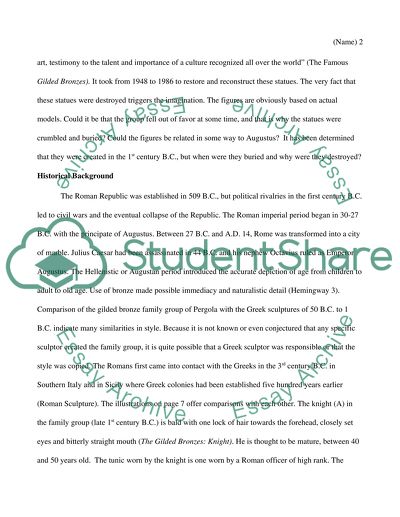Cite this document
(“The Gilded Bronzes of Cartoceto di Pergola Essay”, n.d.)
The Gilded Bronzes of Cartoceto di Pergola Essay. Retrieved from https://studentshare.org/miscellaneous/1517316-the-gilded-bronzes-of-cartoceto-di-pergola
The Gilded Bronzes of Cartoceto di Pergola Essay. Retrieved from https://studentshare.org/miscellaneous/1517316-the-gilded-bronzes-of-cartoceto-di-pergola
(The Gilded Bronzes of Cartoceto Di Pergola Essay)
The Gilded Bronzes of Cartoceto Di Pergola Essay. https://studentshare.org/miscellaneous/1517316-the-gilded-bronzes-of-cartoceto-di-pergola.
The Gilded Bronzes of Cartoceto Di Pergola Essay. https://studentshare.org/miscellaneous/1517316-the-gilded-bronzes-of-cartoceto-di-pergola.
“The Gilded Bronzes of Cartoceto Di Pergola Essay”, n.d. https://studentshare.org/miscellaneous/1517316-the-gilded-bronzes-of-cartoceto-di-pergola.


